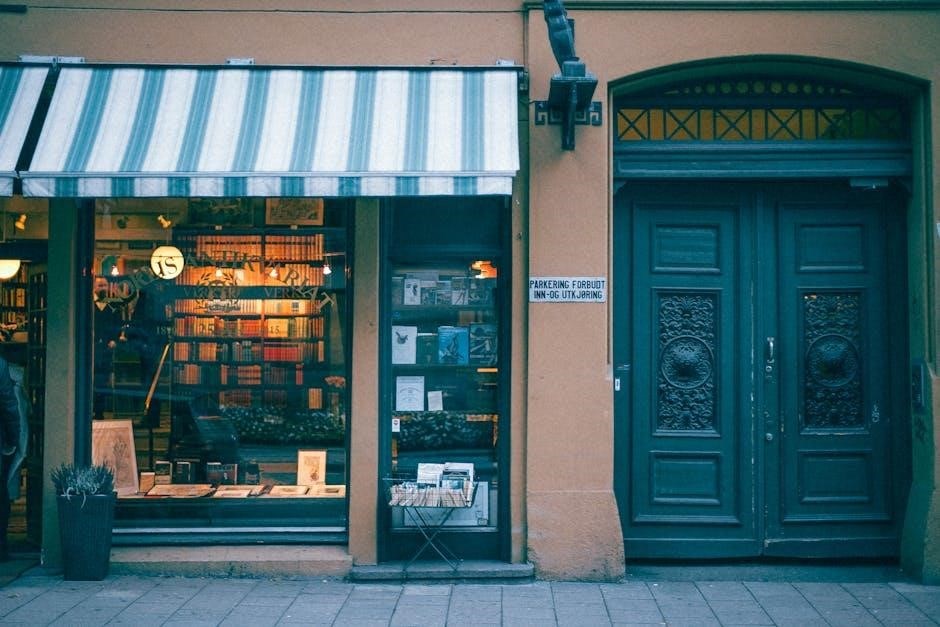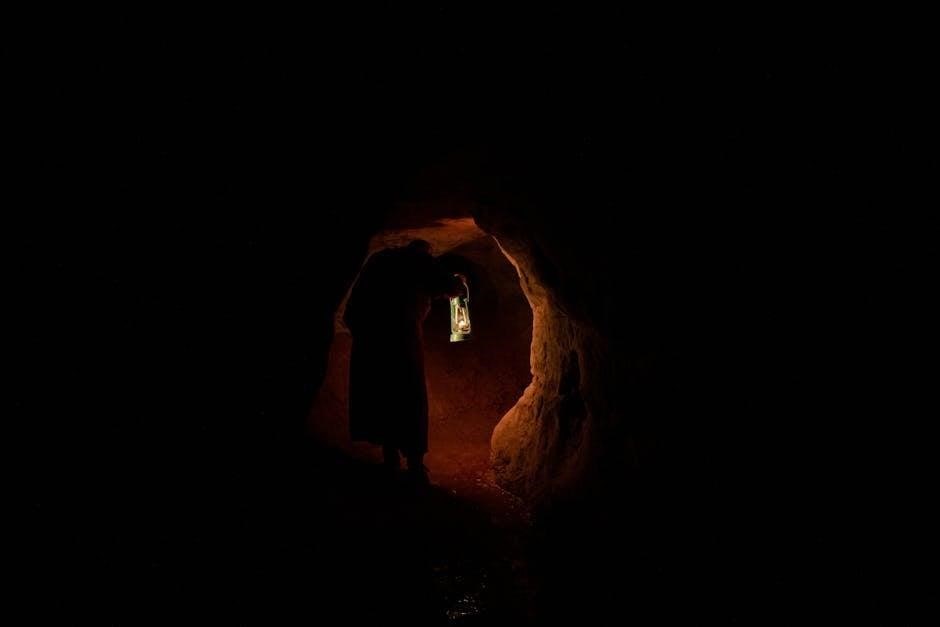Cataclysm Inscription Guide
This guide will navigate you through the world of Cataclysm Inscription, a profession focused on creating glyphs, scrolls, and other useful items. The max skill level is 525. We’ll help you level from 1 to 525, detailing the most efficient crafting methods and materials needed. Special thanks to WoW-professions for providing valuable resources.
Inscription in Cataclysm Classic is a primary profession that allows players to craft glyphs, scrolls, and vellums. Scribes mill herbs into pigments, which are then used to create items that enhance various abilities. This profession provides benefits in many areas of the game, most notably through glyphs that modify spells and abilities.
The profession’s skill cap has been raised to 525, with new recipes added. Inscription is centered around creating glyphs of three categories: Prime, Major, and Minor. Players craft off-hand books (tomes), stat scrolls, self-only shoulder enchants, and enchanting vellums. It’s a well-rounded and useful profession in Cataclysm.
This guide provides a comprehensive overview of leveling Inscription from 1 to 525. It focuses on the most efficient path to maxing out the profession. This includes the best herbs to mill, glyphs and scrolls to craft, and trainers to visit at each level range. The goal is to level up quickly while keeping costs low.
Leveling Inscription 1-525: An Overview
Leveling Inscription in Cataclysm Classic involves a systematic approach, starting from skill level 1 and progressing to 525. The process includes milling herbs to obtain pigments, crafting various items such as glyphs, scrolls, and vellums, and learning new recipes from trainers. Each stage requires specific materials and recipes to maximize efficiency.
The leveling process is divided into several stages: Apprentice (1-75), Journeyman (75-150), Expert (150-225), Artisan (225-300), Master (300-400), and Grand Master (400-525). At each stage, players must craft specific items to gain skill points. The choice of items to craft depends on the availability and cost of materials.
This guide presents the easiest path to maxing out the profession, though costs can vary wildly between servers and regions. If certain materials are too expensive, players should consider alternative recipes. Crafting Orders can also be a cost-efficient method. By following this guide, players can efficiently level their Inscription skill.
Materials Needed for Leveling Inscription
Leveling Inscription from 1 to 525 in Cataclysm Classic requires a variety of herbs and pigments. The primary materials needed are various herbs that can be milled into pigments, which are then used to craft glyphs, scrolls, and other items. Specific herbs and pigments will be needed for each stage of leveling.
For the early stages (1-75), you’ll need herbs like Peacebloom, Silverleaf, and Earthroot, which yield Alabaster Pigment. As you progress (75-150), herbs like Briarthorn, Bruiseweed, and Stranglekelp will be required for creating different inks. At higher levels (150-225), materials like Grave Moss and Kingsblood are necessary.

The Artisan stage (225-300) requires herbs like Liferoot and Blindweed. Master Inscription (300-400) needs Felweed and Dreamfoil. Finally, Grand Master Inscription (400-525) will require herbs such as Lichbloom and Icethorn. The Auction House prices will determine the best recipes.
It’s essential to gather enough herbs to mill into pigments, as these pigments are the primary ingredients for almost all Inscription recipes. Always check the current prices on your server to optimize your leveling costs.
Milling Herbs for Pigments
Milling is a unique ability for Inscriptionists, allowing them to convert herbs into pigments. This is the foundational process for creating inks, which are essential for crafting glyphs, scrolls, and other Inscription items. To mill herbs, simply use the “Milling” ability found in your spellbook’s profession tab.
Each type of herb yields different pigments. For example, milling Peacebloom, Silverleaf, or Earthroot will give you Alabaster Pigment, used in early-level recipes. As you progress, milling higher-level herbs like Briarthorn and Bruiseweed will provide pigments needed for more advanced inks.
The number of pigments you get from milling varies, but typically you’ll receive around 2 pigments from milling 5 herbs. The efficiency of milling can be improved slightly with certain talents.
Experiment with milling different herb combinations to discover the most efficient way to obtain the pigments you need. Keep an eye on the Auction House prices for herbs; sometimes, it’s more cost-effective to buy herbs and mill them rather than purchasing pigments directly. Always check the prices on your server to optimize your leveling costs.
Trainer Locations for Inscription
To learn Inscription and advance your skill, you’ll need to find Inscription trainers in major cities throughout Azeroth. These trainers teach you new recipes, allowing you to craft higher-level items and increase your Inscription skill.
For Horde players, trainers can be found in Orgrimmar, Silvermoon City, Undercity, and Thunder Bluff. Specifically, look for Nerog in Orgrimmar, Zantasia in Silvermoon City, Margaux Parchley in Undercity, and Poshken Hardbinder in Thunder Bluff. These trainers will guide you through the initial stages of your Inscription journey.
Alliance players can find trainers in Stormwind, Ironforge, Darnassus, and Exodar. Seek out trainers like Tinker Humperdink in Stormwind, Isabella in Ironforge, and Loralen in Darnassus to learn new techniques and recipes. These trainers offer comprehensive instruction for aspiring Inscriptionists.
As you level, remember to visit trainers regularly to learn new recipes. Higher-level trainers are located in Cataclysm zones, such as those found in the new capital cities of your faction. Staying up-to-date with your training is crucial for efficient leveling and crafting the most valuable items. Don’t hesitate to ask guards for directions to the Inscription trainer in any major city.
Leveling 1-75: Early Stages
The initial stages of Inscription, from skill levels 1 to 75, primarily involve crafting simple items using readily available pigments. The first step is to mill common herbs to obtain Alabaster Pigments, which are essential for early recipes.
Begin by crafting Ivory Ink using Alabaster Pigments. This ink is the foundation for many early-level glyphs and scrolls. Continue crafting Ivory Ink until you reach a skill level of approximately 18.
Next, start creating Scroll of Recall. This recipe requires 1 Ivory Ink and will help you gain several skill points. Craft these scrolls until your skill level reaches around 35.
Transition to crafting Glyph of Mana Gem. This will typically require Silverleaf and Peacebloom. Aim to craft these until your skill level is near 50.
Finally, craft Glyph of Power Word: Fortitude. This will require Scroll of Recall. Continue crafting this glyph until you reach a skill level of 75. Remember to visit your Inscription trainer to learn new recipes as you level up. Adjust the number of crafted items based on your server’s economy and the availability of herbs.
Leveling 75-150: Apprentice to Journeyman
As you progress from Apprentice to Journeyman Inscription (skill levels 75-150), you’ll start working with more advanced inks and glyphs. Begin by milling herbs to create Dusky Pigments. These pigments are essential for the next tier of recipes.
Craft Midnight Ink using Dusky Pigments. This ink is a key component for several glyphs that will help you level up. Create a sufficient amount of Midnight Ink to proceed.
Start crafting Glyph of Claw, using Midnight Ink. Continue crafting until your skill level reaches around 80.

Transition to creating Glyph of Lightning Shield, also requiring Midnight Ink. Craft these until your skill level is approximately 100.
Next, mill herbs to obtain Golden Pigments. Create Lion’s Ink with these pigments.
Craft Glyph of Water Shield with Lion’s Ink. Continue crafting until your skill reaches around 125.

Finally, create Glyph of Starfire with Lion’s Ink. Continue crafting these glyphs until you reach a skill level of 150. Don’t forget to visit your Inscription trainer regularly to learn new, efficient recipes.
Leveling 150-225: Expert Leveling
As you advance to Expert Inscription (skill levels 150-225), you will begin utilizing more complex inks and glyphs. Start by milling herbs to acquire Emerald Pigments. These pigments are crucial for creating the inks required for this level range.
Produce Jadefire Ink using Emerald Pigments. This ink will be the primary ingredient for many of the glyphs you’ll be crafting; Ensure you create a sufficient quantity of Jadefire Ink to proceed efficiently.
Begin crafting Glyph of Lifebloom, using Jadefire Ink. Continue crafting this glyph until your skill level reaches approximately 155.
Transition to creating Glyph of Ice Armor, also requiring Jadefire Ink. Craft these until your skill level is around 165.
Next, mill herbs to obtain Indigo Pigments. Use these pigments to create Azure Ink.
Craft Glyph of Holy Wrath with Azure Ink. Continue crafting until your skill reaches about 185.
Proceed to craft Glyph of Scorch also requiring Azure Ink.
Finally, create Glyph of Shadow Word: Pain also requiring Azure Ink. Continue crafting these glyphs until you reach a skill level of 225. Remember to visit your Inscription trainer regularly to learn new recipes and maximize your leveling efficiency.
Leveling 225-300: Artisan Leveling
Welcome to the Artisan Inscription level range (225-300). This phase involves working with more advanced inks and glyphs. Begin by milling herbs to obtain Violet Pigments. These pigments are essential for creating the inks needed in this level range.
Create Celestial Ink using Violet Pigments. This ink will be a primary ingredient for the glyphs you’ll be crafting. Ensure you create an adequate supply of Celestial Ink to maintain efficient progress.
Start crafting Glyph of Claw using Celestial Ink. Continue crafting this glyph until your skill level reaches approximately 230.
Transition to crafting Glyph of Starfire, also requiring Celestial Ink. Craft these until your skill level is around 235.
Next, mill herbs to acquire Ruby Pigments. Use these pigments to create Crimson Ink.
Craft Glyph of Cleaving with Crimson Ink. Continue crafting until your skill reaches about 265.
Proceed to craft Glyph of Hamstring also requiring Crimson Ink.
Finally, create Glyph of Siphon Life also requiring Crimson Ink. Continue crafting these glyphs until you reach a skill level of 300. Remember to visit your Inscription trainer regularly to learn new recipes and maximize your leveling efficiency.
Leveling 300-400: Master Leveling
The Master Inscription phase (300-400) requires Northrend herbs. Visit your Inscription trainer to learn new recipes. Start by milling Netherbloom, Dreamfoil, Golden Sansam, Mountain Silversage, and Felweed to obtain Azure Pigment and Nether Pigment. Craft Ivory Ink using Azure Pigment.
Craft Glyph of Shadow Warding using Ivory Ink until you reach skill level 320. If Glyph of Shadow Warding is not available, find an alternative glyph recipe that uses Ivory Ink and provides skill points.
Next, mill Icethorn, Lichbloom, and Firescale to obtain Emerald Pigment. Create Jadefire Ink using Emerald Pigment.
Craft Glyph of Savage Roar using Jadefire Ink until you reach skill level 345.
Continue milling Northrend herbs to obtain Azure Pigment and create Ivory Ink.
Craft Glyph of Ice Lance using Ivory Ink until you reach skill level 352. After this craft Glyph of Mind Spike until you reach skill level 357.
Craft Northrend Inscription Research daily to discover new glyph recipes. Use these discovered recipes to craft glyphs until you reach skill level 400. This method relies on random discoveries.
Leveling 400-525: Grand Master Leveling
To begin Grand Master Inscription (400-525), visit your trainer to learn new recipes. Mill Cataclysm herbs like Cinderbloom, Stormvine, Twilight Jasmine, Heartblossom, and Azshara’s Veil to acquire Ashen Pigment. Craft Blackfallow Ink using Ashen Pigment. Then craft Glyph of Battle until you reach skill level 425.
Mill more Cataclysm herbs, if it is available, craft Obsidian Ink using Ashen Pigment and craft Glyph of Lava Burst until you reach skill level 450. Alternatively, craft any glyph recipe that is yellow.
Mill more Cataclysm herbs and craft Blackfallow Ink again. Craft Glyph of Shadow Word: Death using Blackfallow Ink until you reach skill level 465.
Mill more Cataclysm herbs to obtain Ashen Pigment and Burning Embers. Then craft Inferno Ink using Ashen Pigment and Burning Embers.
Craft Glyph of Pillar of Frost using Inferno Ink until you reach skill level 470.
Continue crafting Inferno Ink. Craft Glyph of Spirit Walk until you reach skill level 475.
Craft Mysterious Fortune Card until you reach skill level 483.
Craft Scroll of Intellect VIII until you reach skill level 491.
Craft Scroll of Agility VIII until you reach skill level 500.
Finally, continue crafting Scroll of Agility VIII until you reach skill level 525.
Crafting Glyphs: Prime, Major, and Minor
Inscription in Cataclysm Classic allows players to craft glyphs, which enhance character abilities. Glyphs come in three categories: Prime, Major, and Minor, each serving distinct functions. Prime Glyphs significantly boost core abilities, enhancing damage, healing, or survivability. Major Glyphs provide more situational or specialized enhancements, offering utility or modifying specific skills. Minor Glyphs offer cosmetic or convenience changes, like altering spell appearances or reducing reagent costs.
The crafting process involves milling herbs to obtain pigments, then using these pigments to create inks. These inks are then combined with recipes to craft glyphs. Recipes are learned from trainers or discovered through research.

Prime Glyphs often affect critical spells or abilities, offering substantial improvements. Major Glyphs can alter the way abilities function, providing tactical advantages. Minor Glyphs, while not directly impacting combat effectiveness, can add flavor and customization to the player’s experience. Understanding the nuances of each glyph type is crucial for optimizing character performance.
Experimentation and adaptation are vital to mastering glyph selection. Consider your playstyle, class, and the content you’re engaging with to make informed decisions.
Other Craftable Items: Scrolls and Vellums
Beyond glyphs, Inscription in Cataclysm offers a variety of other craftable items, including scrolls and enchanting vellums. Scrolls provide temporary buffs to stats or abilities, offering a boost to players in need. Enchanting vellums serve as a way to trade enchants.
Scrolls, crafted using inks and parchment, offer temporary enhancements to various stats. Scrolls of Intellect, Strength, or Agility can provide a short-term boost, useful for challenging encounters or specific tasks. The effectiveness of scrolls scales with the crafter’s skill level, making higher-level scrolls more potent.
Enchanting vellums, on the other hand, are used to transfer enchantments from one item to another; This is useful for selling or trading enchants with other players. The use of enchanting vellums allows enchanters to generate extra income.
The crafting of scrolls and vellums follows a similar process to glyphs, involving milling herbs, creating inks, and combining them with the appropriate recipes. Recipes for scrolls and vellums are typically learned from trainers. By offering these items to the wider player base, scribes can make a name for themselves.
